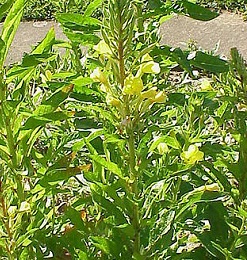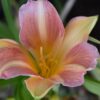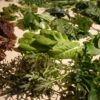Evening primrose (Oenothera biennis)
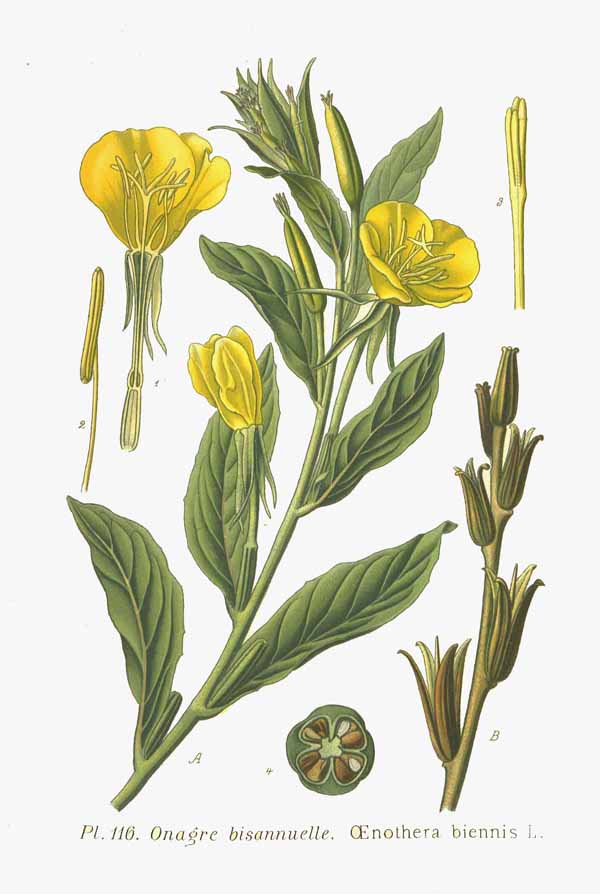
Opening its pretty yellow blooms rapidly at twilight, often a spectacular visual, gives the delicately fragrant flower the name Evening primrose, or perhaps it is more because of their mysterious phosphorous emissions that make them seemingly glow in the dark. However the name may have come along, they are a true delight in a night-time garden.
Description
Evening primrose is an erect biennial (sometimes annual) with a rosette of oblanceolate basal leaves and a flowering stem that can reach up to 1m. Bright yellow flowers are borne during summer and autumn, and are followed by downy pods containing the seeds.
Evening primroses are not related to primulas (Primula spp). Over 125 species exist in the Oenothera genus, some with white or pink flowers.
Ideal growing conditions
Ideally suited to poor, dry and sandy soils and a full sun position. Perfect for slopes, or xeriscaping.
Propagating
Seeds: sown in autumn or very early spring.
Companion Planting
Because evening primrose attracts a whole host of beneficial insects to the garden, and because it is said to be allelopathic to weeds (interferes with their germination and growth) ,
evening primrose is a welcome addition to the garden.
Harvesting
Harvest leaves, stem bark, and immature pods as needed in summer and seeds only when fully ripe.
Uses
Culinary: A pot herb of old, the young leaves can be added to salads or cooked while the roots can be cooked as a vegetable or added to foods such as soups and stews. The flowers are edible. The immature pods can be stir-fried or steamed.
Medicinal: Although it is the pressed seed that yields the popular evening primrose oil capsules that can be taken internally, for eczema, menopausal syndrome, brittle nails and even hyperactivity in children, the leaves, stem bark and flowers can also be used internally for complaints such as whooping cough and asthma. The oil is also used externally for dry, itchy or scaly skin. It is being studied in relation to certain cancers.
Notes
It is contraindicated in schizophrenia and with phenothiazine drugs in the management of epilepsy. Excess dosages may cause abdominal pain and laxative effects.
Other names for evening primrose
evening star (Oenothera plants that open at evening time), sun drop (Oenothera plants that open flowers during the middle of the day), common evening primrose, hog weed, king’s cure all and fever-plant
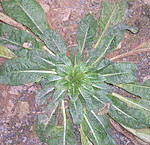
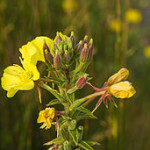
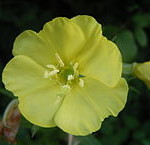
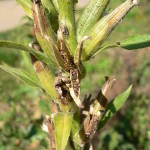
Sources
The Royal Horticultural Society Encyclopedia of Herbs, DK, 2008
Smithsonian Handbook of Herbs, Lesley Bremness, DK, 2002
Wikipedia.org
Essortment

